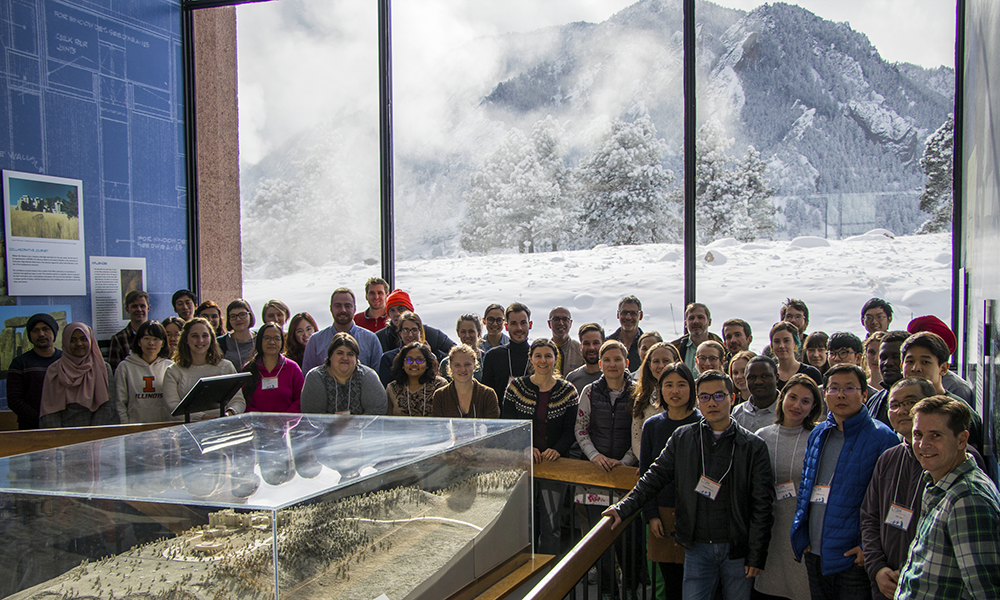CGD Diversity & Inclusion

CGD Code of Conduct
You can view the CGD Code of Conduct below or view/download as a PDF
We also have a CGD Code of Conduct summary image, displayed at the bottom of the page, for use in presentations, meetings, workshops, etc... available as a PDF or JPG
Preamble
We are working toward an environment where all laboratory employees feel valued and are treated with respect and consideration. In this environment, all employees without exception* will feel comfortable giving/receiving input and participating in laboratory activities.
Mission
By fostering engagement and appreciating the contribution of all CGD employees, the lab will be more productive and better able to meet scientific goals.
Code of conduct
- Consider new ideas
- Encourage innovation
- Offer constructive feedback
- Acknowledge teamwork
- Show appreciation
- Share the air
As a community, we agree to
- Be respectful in our words, tone and body language.
- Be an active listener and demonstrate a genuine desire to understand.
- Be constructive in our feedback.
- Be accountable for our behavior and be an advocate for one another.
- Acknowledge, empower, promote, encourage and value all job classes and individuals.
Examples of appropriate conduct
- Be professional and constructive in tone, comments and gestures.
- Be open to new ideas and invite more voices to the discussion, especially from those who may not speak without encouragement.
- Critique ideas, not individuals, and be mindful of our biases.
- Be engaged and minimize distractions.
- Ask and answer all questions with respect.
- Take opportunities to recognize and acknowledge the critical contributions made by staff at all job levels.
- Foster discussion at all levels on scientific and programmatic decisions.
Examples of inappropriate conduct
- Raising one’s voice, interrupting or talking over others.
- Belittling, condescending, or dismissive behaviors such as eye-rolling, groaning, winking, talking under one’s breath, side-commentary.
- Dominating the discussion at the expense of broader input.
- Disrespecting non-native English speakers by drawing attention to the way they speak.
*This includes respectful treatment of everyone regardless of gender, gender identity or expression, sexual orientation, disability, physical appearance, age, body size, race, religion, national origin, ethnicity, first language, political affiliation, veteran status, pregnancy, genetic information, family and marriage status, level of experience, job class, and educational background.
Learn More About Diversity & Inclusion
Understanding diversity, equity, and inclusion. How can we improve workplace culture?
- https://gothamculture.com/2017/06/29/diversity-equity-inclusion-training/
- https://www.cio.com/article/3262704/diversity-and-inclusion-8-best-practices-for-changing-your-culture.html
- https://www.inc.com/marcel-schwantes/asking-these-5-questions-will-instantly-reveal-what-employees-think-of-their-manager.html
- https://www.theladders.com/career-advice/the-employees-you-should-worry-about-losing-the-average-ones
- https://www.nytimes.com/2019/04/18/magazine/salk-institute-discrimination-science.html
- https://hbr.org/2018/08/why-women-stay-out-of-the-spotlight-at-work
- https://www.pewsocialtrends.org/2018/01/09/women-and-men-in-stem-often-at-odds-over-workplace-equity/